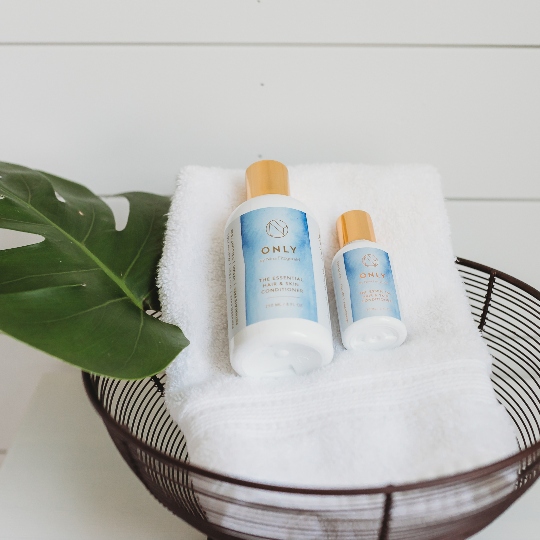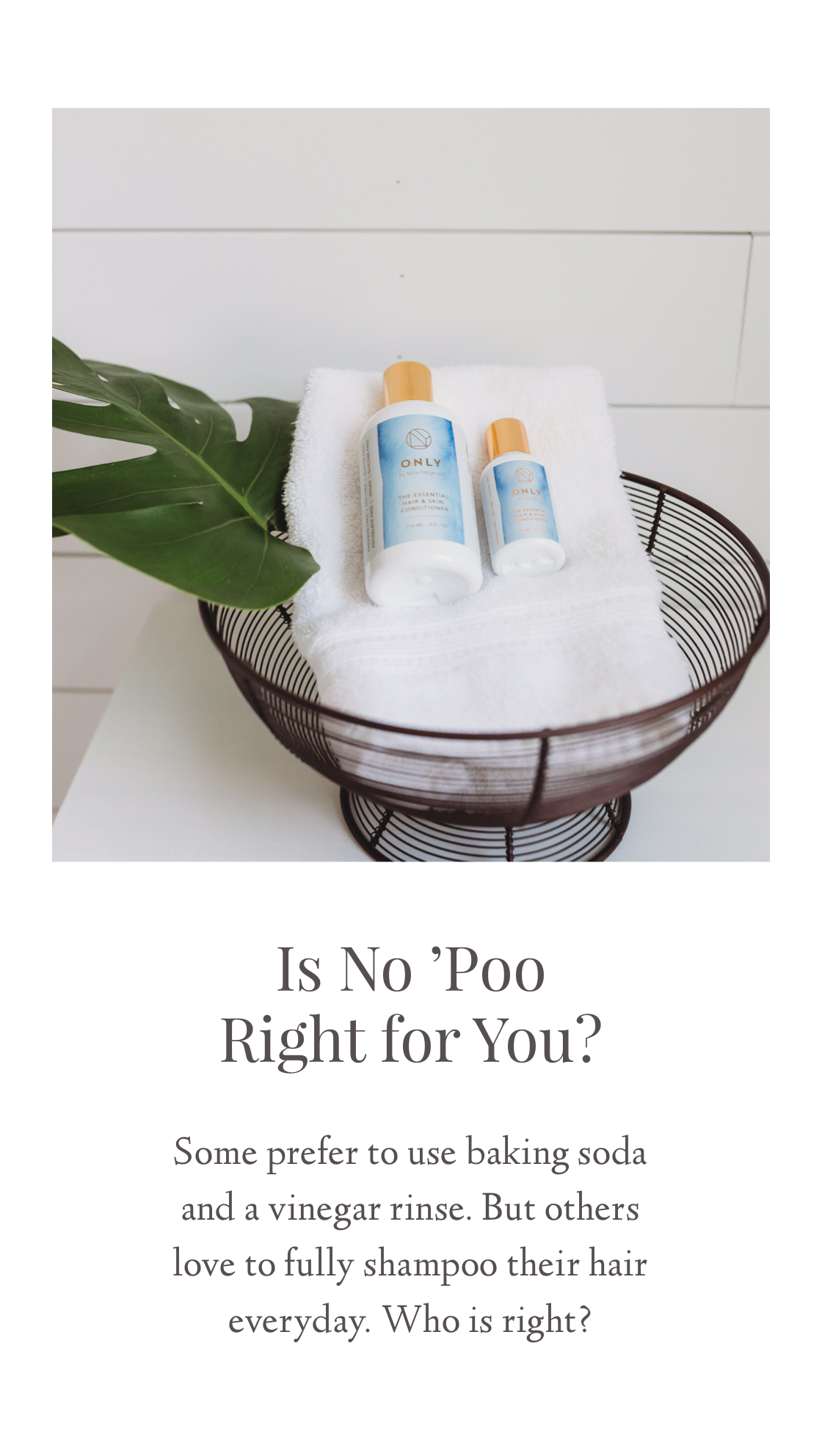To shampoo or not to shampoo?
Do we really need to shampoo? Believers in the no-poo movement, who prefer to use baking soda and a vinegar rinse, don’t believe so. But, some people also love to fully shampoo their hair everyday. Who is right?
Shampooing has been around for ages: 300 years to be exact. It was originally called “champu” and came from an Indian tradition of massaging the head with fragrant oils. But the modern-day foamy luxurious washes that you know now were only developed around the 1930s, gaining full momentum and popularity by the 1970s and 80s.
But do we really need to shampoo? Believers in the no ’poo movement, who prefer to use baking soda and a vinegar rinse, don’t believe so. But, some people also love to fully shampoo their hair everyday. Who is right?
Well it all comes down to:
cleanliness and how well you scrub,
suds or no suds,
and how well you make sure the hair is balanced back down.
Let’s break this down further. Growing right next to each and every strand of hair is a little gland that produces oil, or sebum, to help the follicle maintain its strength and keep its elasticity.
Aside from natural hair sebum, oil does not have the ability to collapse the cuticle to make it lay flat. All it can do is coat the hair and lead to buildup or breakage if used too often or before the hair is properly hydrated. Yes, it will make it shiny, but add too much and your hair can feel weighed down, flaky and frizzy. This goes for ANY hair type.
That’s why using an oil-free conditioner will balance the scalp and create the perfect environment for hair growth and clear skin.
When properly balanced, it produces enough to cover each individual strand and the scalp remains clear and without excess oil. But, if the scalp is not cleansed properly, over time the excess oil produced on the scalp can lead to dandruff and hair fall. (WHAT!?)
Don’t worry, keep reading.
How pH Levels Affect Your Hair
Think of pH as a level system that exists from 1-14. Right in the middle is neutral water at a 7. Your hair and scalp want to live around the 4.5-5.5 level. Now, the more that your hair stays in the level of 4.5-5.5, the better it will grow, the healthier it will be, and the less oily it will be. Are you following me so far?
Anything that is from 6 all the way to 14 will start to open the cuticle of the hair (think of a pinecone opening) which can lead to water loss. Levels 9 to 14 can actually start to cause damage to the cuticle and really dry out the hair if not properly balanced back.
The suds that are in shampoos, or the surfactants, help to rid the scalp of all of the excess oil, dead skin cells, dirt and grime that has accumulated since the last time that it was rinsed. For the most part, shampoos exist from about 6-8.5. Shampoos lower on the scale are softer, and only open the cuticle a little. Shampoos that are higher on the scale are stronger, opening the cuticle more.
The Low Down on No ’Poo
In the no ’poo world, baking soda does the same job as shampoo. (Baking soda is medium on the pH scale at a 9, the same as a purifying shampoo. They open the cuticle up so it can get rid of the oil and debris.)
The no ’poo method works by using baking soda as a “shampoo” to cleanse and then apple cider vinegar to rinse and neutralize. It can feel like it works, but remember: Baking soda is a very harsh surfactant at a pH of 9. Harsh surfactants can be harmful to your hair and actually lead to more hair distress over time, with more breakage or build up.
Strong cleansing shampoos can also lead to more damage because they can strip all of the natural oils off of the scalp, leading to consistent dryness and flakiness if not properly balanced. And that means potential hair loss!
What works best are very mild shampoos to cleanse normal, everyday dirt and excess oil off of your scalp without fully stripping all of the natural oils that balance your hair.
Do you want to know how you can use ONLY Conditioner like a shampoo? I’ll guide you through co-washing, step-by-step.




